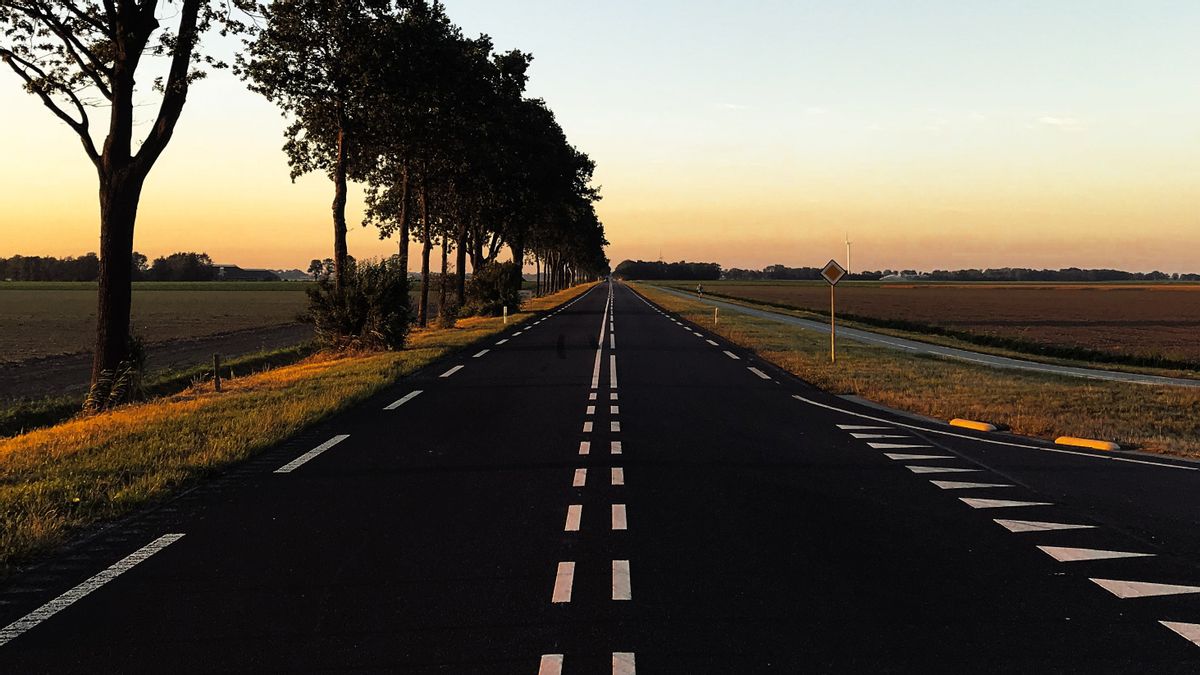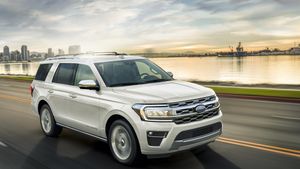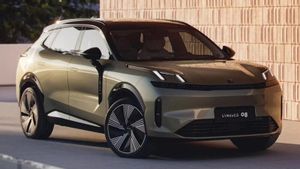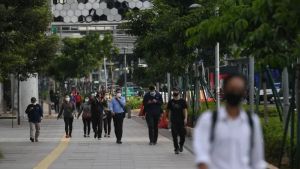JAKARTA - The European Union in March approved an important law requiring new car sales starting in 2035 to be zero-emissions cars.
It was announced at the time that Italy, Bulgaria and Romania chose to abstain, while Poland opposed the new law. And Germany also agreed with the European UNI on the still possible use of electronic or synthetic fuels after that year, although the unanimous decision is expected to be announced by the end of the year.
Since this announcement, European countries have rushed to prepare the infrastructure needed for fossil fuel-free mobility. Including Sweden, which wants to turn the highway into the world's first electric road system (ERS) by 2025, quoted from Euronews, May 5.
Unmitigated, this ER will be built for 3,000 km. This means that all types of electric vehicles, both cars and trucks, can fill the vehicle when crossing this ER.
Previously, in 2016 trials had been carried out on a 2-kilometer road on Gavle where vehicles crossing the road could be charged using a pantograph, similar to electric train footage.
Then there is also a 1.6 kilometer road on Gotlan which is electrified using a coil under the asphalt surface and is suitable for filling a small electric vehicle or like filling a cellphone via wireless.
In 2018 Sweden also had a road with a qualway of 2 kilometers. This road can charge electric trucks using deployed tools to get electricity supplies.
However, the 3,000 km long road has not been decided on the right concept to be applied to the road. Given that the ongoing project is still separate, not for all types of electric vehicles.
SEE ALSO:
Most recently, the researchers there finally released their findings if not all roads in Sweden need to be electrified; but only needed 25 percent to get the maximum efficiency. So with this, vehicle manufacturers can also design electric vehicles without the need for batteries being too large because electric energy is available on the streets.
"The required battery gap with ERS is different from those in urban and rural areas, meaning drivers living near the city center will have smaller batteries as they are closer to ERS," said Dr Washim Shoman, researcher at the Chalmers University of Technology.
The English, Chinese, Japanese, Arabic, and French versions are automatically generated by the AI. So there may still be inaccuracies in translating, please always see Indonesian as our main language. (system supported by DigitalSiber.id)
















